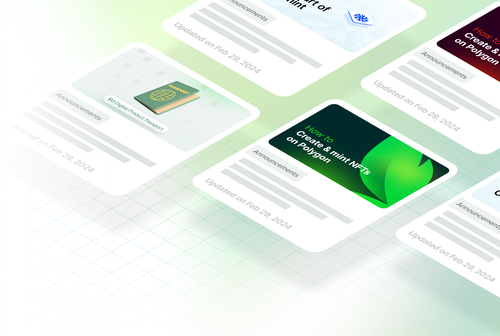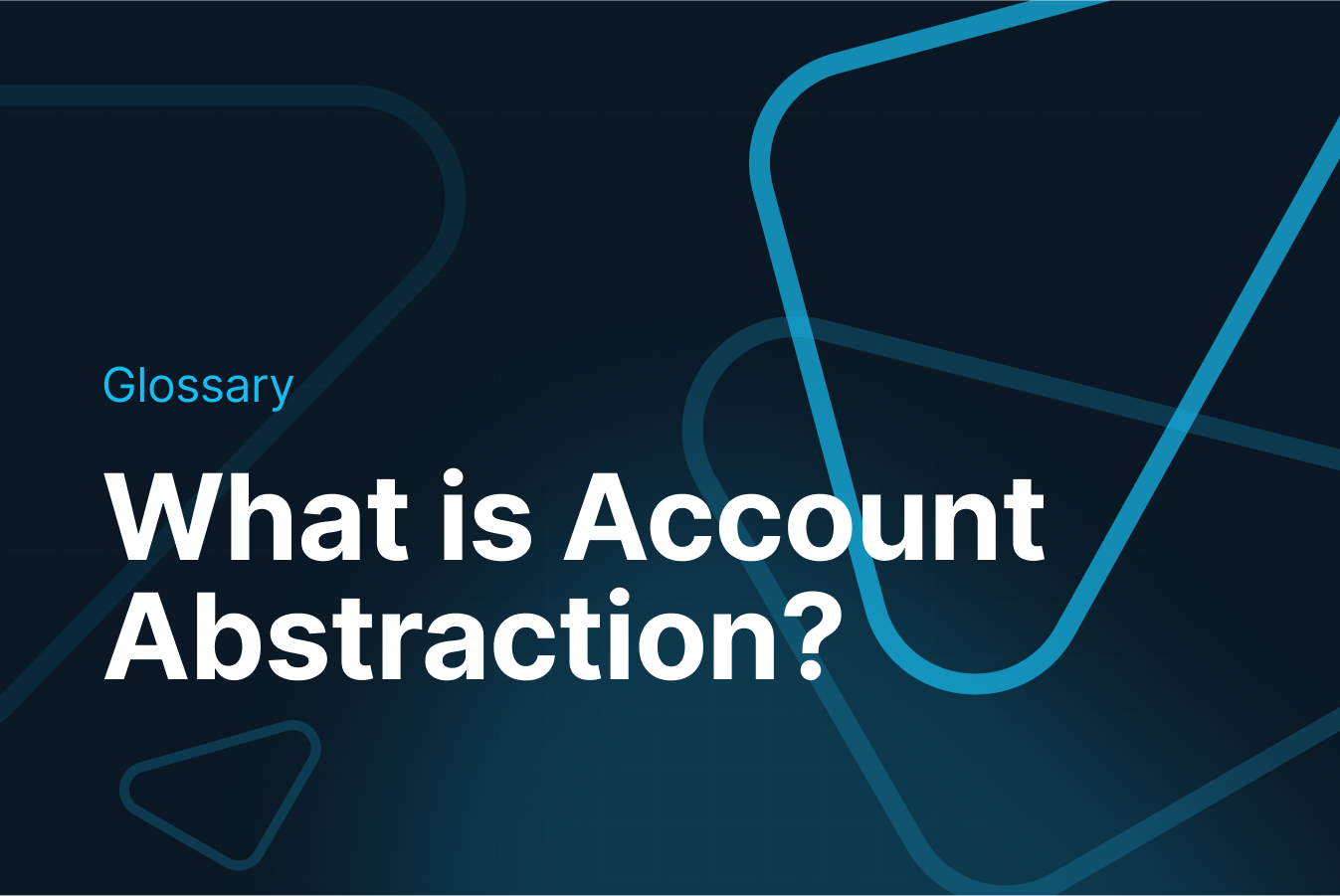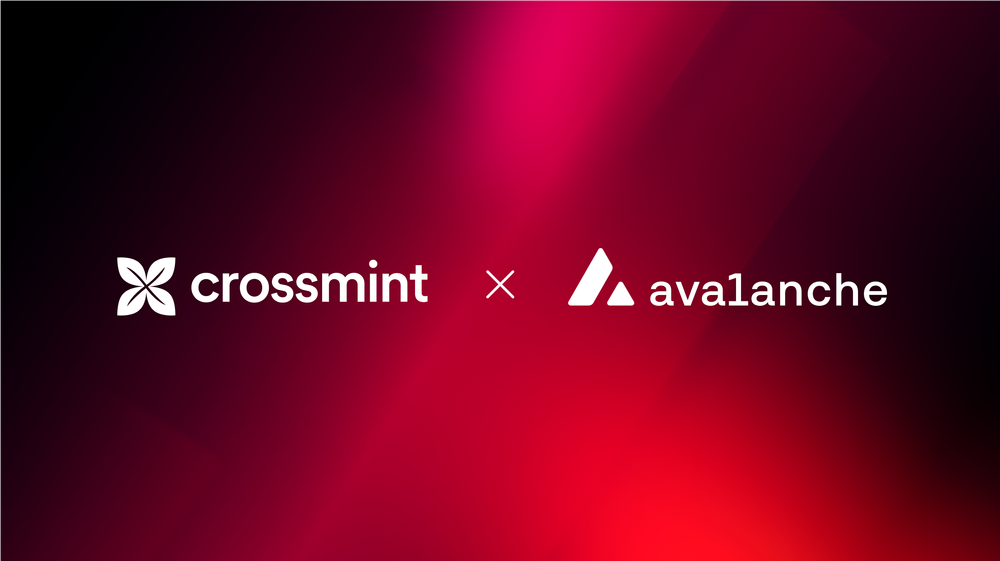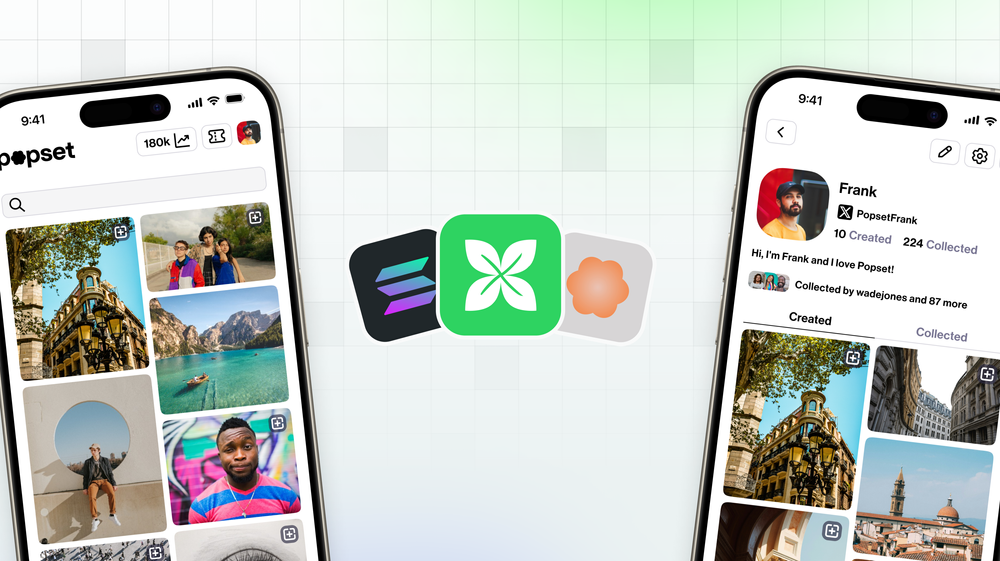In this guide, you will learn what Account Abstraction (ERC-4337) is and how it works. You will also see the different use-cases for Account Abstraction and how you can start building your own Account Abstraction wallet using Crossmint.
Let's get started!
What is Account Abstraction?
Account abstraction represents a paradigm shift in the way we interact with blockchain networks, particularly EVM compatible blockchains. This, reimagines the traditional approach to blockchain accounts, transitioning from the standard Externally Owned Accounts (EOAs) to a model where accounts are essentially smart contracts. This change, while subtle, has far-reaching implications for security, user experience, and functionality in the blockchain ecosystem.
Understanding the Traditional Model
Traditionally, Ethereum users interact with the network using EOAs, which are controlled by private keys. These keys are often generated through seed phrases. While secure, this model presents challenges in key management and usability. Private keys and seed phrases, being complex and non-intuitive, are difficult to remember and secure. A single misstep in handling these keys can lead to irreversible loss of assets. This has been a significant barrier to broader adoption of cryptocurrencies.
The Emergence of Account Abstraction: ERC-4337 standard
Account abstraction, proposed through the ERC-4337 standard, offers a solution to these challenges. In this model, an account on the Ethereum network is treated as a smart contract, not just a set of keys. This opens up possibilities for creating more flexible and user-friendly account structures.
How does account abstraction work?
Account Abstraction (ERC-4337 Standard) addresses the problems faced with Wallets that have a traditional model, they do so by introducing the following key features:
- Multi-Signer Capability: Unlike EOAs, account abstraction allows for multiple signers for a single account. This enhances security and enables shared control over assets.
- Alternative Signature Schemes: With account abstraction, accounts can utilize different types of signature schemes, such as Social Login and biometrics (using your email address or Google account or FaceID or TouchID), moving away from the traditional ECDSA signatures.
- Customizable Transaction Validation: Smart contract accounts can define their own rules for what constitutes a valid transaction, providing greater control and flexibility.
- Integrated Fee Management: These accounts can also have built-in mechanisms for handling transaction fees, potentially using different tokens for fee payment or even enabling third parties to pay fees.
The shift towards account abstraction simplifies the user experience significantly. For instance, users no longer need to manage complex keys directly. They can instead interact with more intuitive interfaces, much like traditional online accounts, but with the added security and decentralization of blockchain technology.
Smart contract wallets simplify the interaction with blockchain networks, making it more accessible to a broader audience.
Use cases for account abstraction
Use of Account Abstraction in the Blockchain ecosystem opens a myriad of innovative use cases that were previously unattainable or cumbersome under traditional models. Here are some of the key use-cases where Account Abstraction (ERC-4337) can revolutionize the user experience and functionality a Web3 App
1. Paying Gas fees without Native Tokens
A significant innovation brought by account abstraction is the flexibility in managing gas fees. Users can pay transaction fees in ERC-20 tokens instead of the native Ethereum token (ETH). The account, being a smart contract, can internally swap the ERC-20 token for ETH using a decentralized exchange (DEX) to cover the gas cost. This feature is particularly beneficial for users who hold various tokens and prefer not to convert them into ETH for transaction fees.
2. Gasless Transactions and Gas Sponsorships
Another intriguing use case is gas sponsorships. Here, a third party can cover the gas costs for certain transactions. For instance, a platform like Uniswap could sponsor gas fees for their top traders as a loyalty incentive. The user simply signs the transaction, and the sponsoring entity takes care of the gas payment. This model could lead to new marketing strategies and user engagement methods within the crypto space.
3. Transaction Batching
Transaction batching is a game-changer for efficiency and user experience. With account abstraction, users can execute multiple functions in a single transaction. This capability eliminates the need for sequential transactions for operations like token swaps or NFT listings. For example, approving and transferring tokens for a swap on Uniswap can be done in one go, streamlining the process significantly.
4. Enhanced Access Control
Account abstraction also allows for sophisticated access control mechanisms. Users can set up multi-signature wallets where transactions require approvals from multiple signers. This adds a layer of security and collective decision-making in managing assets. Furthermore, smart contract accounts can incorporate features for account recovery, freezing accounts in case of security breaches, or restricting certain actions to specific signers.
5. Custom Signature Schemes
Perhaps one of the most groundbreaking aspects of account abstraction is the ability to implement custom signature schemes. Users are no longer confined to the standard Ed25519 signature scheme of Ethereum. They can opt for advanced, potentially quantum-resistant schemes or even integrate biometric authentication methods like fingerprint authentication or TouchID for signing transactions. They can also opt for Social Login, where users can sign-in using their email address. This flexibility paves the way for increased security, personalized and improved user experiences.
Start building your own Wallet with the ERC-4337 standard using Crossmint
Crossmint's Account Abstraction Wallet-as-a-Service (ERC-4337) can help you create Account Abstraction Wallets for your end users, enable Gasless transactions, perform transaction batching, create and provide wallets using Social Login (with email address) for your end users, and also improve the overall user-experience of your product by bringing in an invisible and Web2 like user-experience.
Please contact Sales to get access and learn more about the same.








